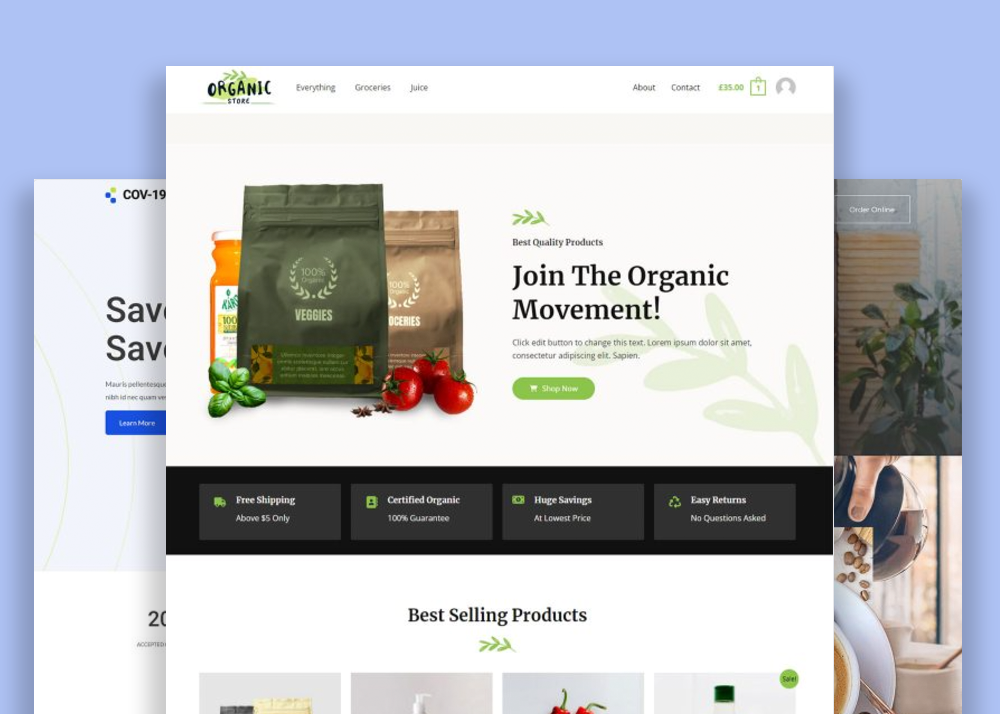
Direct-to-consumer (DTC) websites are becoming an essential tool for businesses seeking to expand globally. These platforms allow companies to sell directly to customers, bypassing intermediaries and fostering a stronger brand connection. In this guide, we explore the key aspects of DTC website development for international markets.
1. Understanding DTC Website Development
DTC websites enable businesses to connect directly with consumers, offering full control over branding, marketing, and customer relationships. Developing a DTC website for international markets involves tailoring the platform to meet local preferences while maintaining a cohesive global brand image.
Key Features of a Successful DTC Website:
- User-friendly design and seamless navigation
- Multi-currency and multi-language support
- Secure payment gateways and logistics integration
2. Localized User Experience
To succeed in international markets, a DTC website must offer a localized user experience. This means translating content, adjusting pricing, and customizing marketing messages to align with the cultural and consumer preferences of each target market.
Localization Best Practices:
- Translate product descriptions and customer support
- Adapt marketing campaigns to local trends
- Offer regional payment methods and shipping options
3. Optimizing for Global SEO
International SEO strategies ensure that your DTC website ranks well across different regions. This involves optimizing content for local search engines and using region-specific keywords to capture organic traffic.
SEO Strategies for DTC Websites:
- Conduct keyword research for each target market
- Implement hreflang tags for language targeting
- Optimize metadata and product listings for search engines
4. Leveraging Data for Market Insights
A DTC website allows you to collect and analyze customer data, providing insights into purchasing behavior and market trends. This data can guide your marketing strategies and product development.
Data Utilization Tactics:
- Track customer journeys and purchasing patterns
- Use analytics to refine marketing campaigns
- Personalize product recommendations based on user behavior
5. Scaling for International Growth
A well-designed DTC website should be scalable to accommodate future growth. This means ensuring your platform can handle increased traffic, new product lines, and expanding market demands.
Scalable Solutions:
- Cloud-based hosting for performance optimization
- Modular design to add new features easily
- Automated order fulfillment and customer service tools
Conclusion
Developing a DTC website for international markets requires careful planning and execution. From localization and SEO optimization to leveraging data and scaling for growth, a successful DTC platform can drive customer engagement and boost global sales.
At SEAMAKES, we specialize in creating custom DTC websites tailored to your business needs. Our expert team ensures your platform is equipped to succeed in international markets. Contact us today to start building your DTC website and unlock global growth potential.